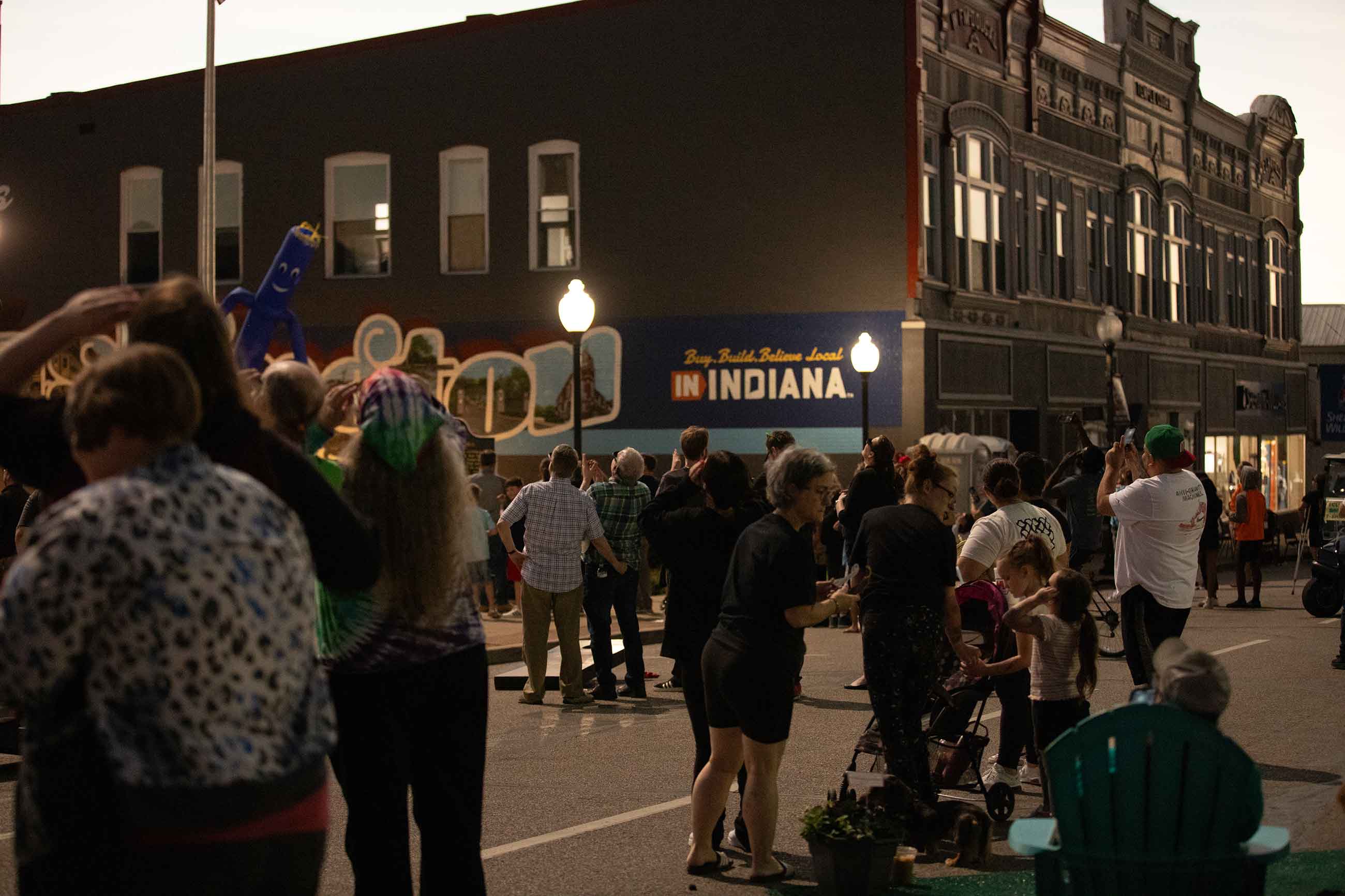New Member Orientation: A Simple, Effective Way to Improve Board Performance

~ by Steve Yoder, Community Development Regional Educator, Purdue Extension

When I speak to community leaders throughout Indiana as part of Purdue Extension’s Community Leadership Program, I will often ask participants about their experiences serving on local boards. One question that I like to ask is if they have ever served on a community board that uses an orientation process to onboard new members. Of those who have served on boards, roughly a third will tell me that they were given the opportunity to attend an orientation. The rest will say that, instead, they had to learn about their roles “on the job” or, at best, were simply handed a board member handbook at their first meeting.
I think this reveals a missed opportunity for many of Indiana’s boards to do an even better job of serving their communities by shortening the learning curve of new members and plugging them more quickly into their roles. It is also relatively simple for boards to include in this event in their normal operations.
An orientation usually consists of a meeting between the new members and several seasoned members, including the board chair. If the organization has staff, key representatives such as the executive director should also attend. The meeting typically includes an overview with two parts: 1) the role of the organization, and 2) the role of its board members. The first part usually includes topics such as the organization’s mission, history, key staff, financials, and strategic plans. The second part can include an overview of the board’s structure (including its committees), bylaws, the fundraising responsibilities of members, and annual calendar of board meetings/events. The orientation should also set aside time on the agenda for questions and to allow board members a chance to get to know one another better.
Before the orientation, new members should be sent a copy of the board handbook so that they have a chance to review the materials and prepare any questions ahead of time. After the orientation, some boards take the training a step further and match seasoned mentors with newer ones to fill in any gaps that likely occurred during the meeting. A mentorship program can also serve to strengthen the bonds between newer and seasoned mentors, lessen the gap between the “old” and “new” guard, and improve the overall sense of teamwork within the organization.
If you currently serve on a community board that has an orientation process in place for new members, kudos to your organization for implementing what’s considered a standard best practice in board management. If your board does not offer that level of training for new members, consider adopting the practice. It is a relatively easy way to ramp up your board’s performance with payoffs that last far longer than that first meeting.




